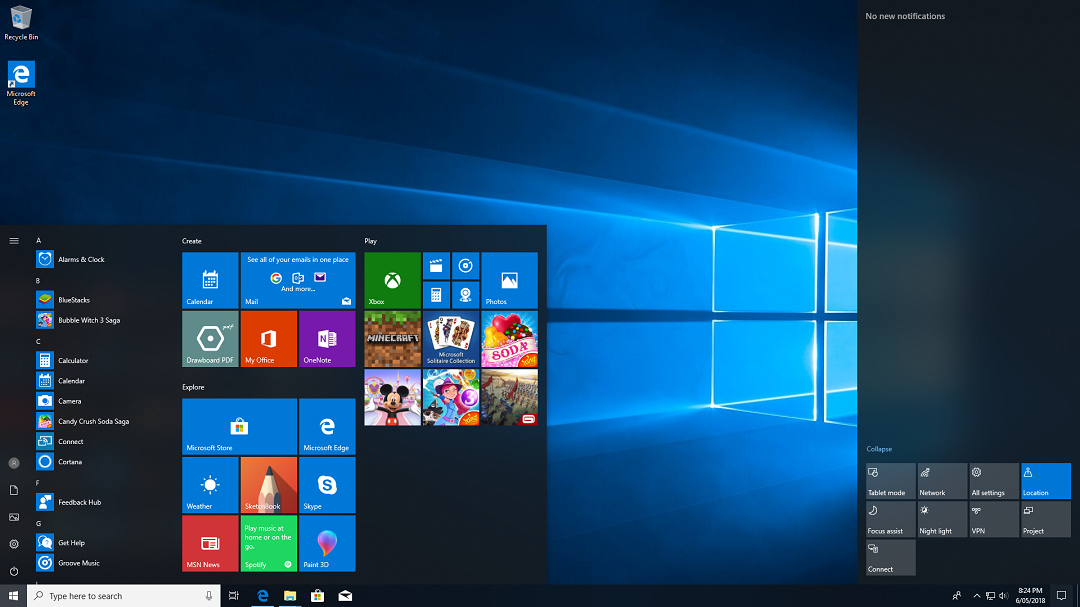Windows has a built-in tool for improving its very own handwriting acknowledgment capacity, as well as like lots of modern-day, smart attributes that boost their precision in time, it uses individual information to do that. Some are concerned, however, that the method it shops that info can show to be a security risk, as researchers have uncovered everything from the web content of emails, to passwords kept in a single file
Handwriting acknowledgment was presented in Windows 8 as part of its huge drive towards touch screen capability. It instantly equates touch or stylus pen (these are the most effective ones) inputs right into formatted text, improving its readability for the customer, and also offering other applications the capacity to comprehend it. In order to help enhance its accuracy, it looks at generally used words in other records, storing such details in a data called WaitList.dat. However digital forensics professional Barnaby Skaggs has actually highlighted that it shops nearly any message on your system– not just handwritten content.
“Once [handwriting recognition] is on, text from every document and email which is indexed by the Windows Browse Indexer service is kept in WaitList.dat. Not just the documents engaged through the touch screen composing attribute,” Skaggs told ZDnet.
Thinking about exactly how ubiquitous the Windows search indexing system is, this can mean that the content of many papers, emails, and also forms ends up inside the Waitlist documents. The worry is that someone with access to the system– using a hack or malware attack– can discover all sorts of directly recognizable info about the system’s owner. Even worse yet, Waiting list could store info after the original files have been erased, potentially opening even better security holes.
This is something that has actually supposedly been known about in the forensics space for some time and also has offered researchers with a beneficial way to prove the previous existence of documents and in some cases its contents, also if the original had been scrubbed from existence.
Although normally such a potential security opening would certainly necessitate contacting Microsoft about the issue before making the public knowledgeable about it, Skeggs has actually apparently refrained so, since the handwriting acknowledgment attribute is functioning as intended. This isn’t an insect, even if it’s potentially exploitable.
If you intend to close up that potential security hole on your system, you could erase WaitList.dat manually by going to C: \ Customers \%User%\ AppData \ Neighborhood \ Microsoft \ InputPersonalization \ TextHarvester. If you don’t locate that folder, you do not have handwriting recognition enabled, so you must be safe and secure.
Well, you need to be safe against this potential security imperfection a minimum of. We would certainly still advice you enable Windows Defender and also make use of one of the best anti-malware solutions.

